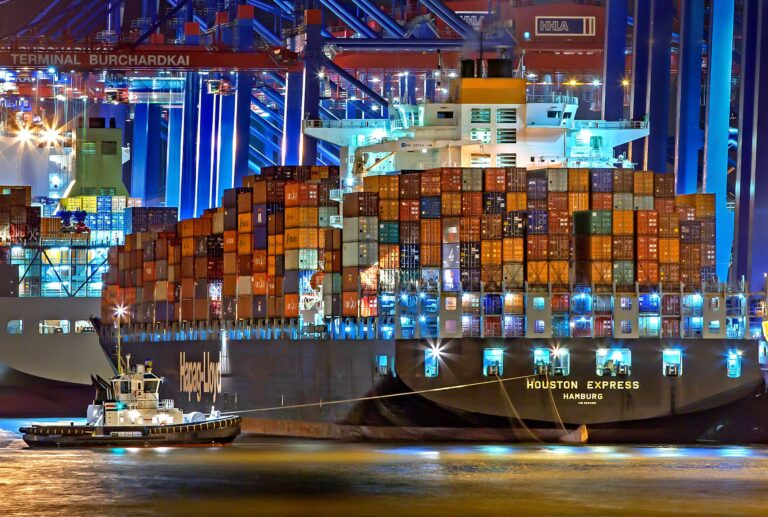The fabric shipping process in Bangladesh typically involves several steps.
First, the fabric is sourced from suppliers and manufacturers, either locally or internationally.
Next, the fabric is inspected for quality and compliance with the buyer’s specifications.
Once approved, the fabric is packaged and transported to the port of departure, typically Chittagong or Mongla.
At the port, the fabric is loaded onto containers and undergoes customs clearance procedures.
The containers are then shipped to the destination port, which may be in a different country.
Upon arrival, the fabric undergoes customs clearance and is transported to the buyer’s warehouse or production facility.
Throughout the shipping process, various stakeholders, such as freight forwarders, shipping lines, and customs agents, play critical roles in ensuring that the fabric is transported safely, efficiently, and in compliance with relevant regulations.
, it’s important to be aware of the various regulations and procedures governing imports and exports, such as customs duties, taxes, and licensing requirements. Working with a local customs broker or shipping agent can help ensure compliance with these regulations and minimize the risk of delays or other issues.
Finally, it’s important to factor in the cost of shipping, customs clearance, and other fees when calculating the total landed cost of the fabric. By carefully considering all of these factors and working with trusted partners in Bangladesh, your client can successfully import high-quality fabric from this important global textile hub.
Why is Bangladesh best for product shipping?
The shipping process in Bangladesh is considered good for several reasons.
Firstly, Bangladesh is strategically located in South Asia, making it an ideal location for exporting goods to various parts of the world. It has well-developed seaports in Chittagong and Mongla, which are equipped with modern facilities for loading and unloading containers.
Secondly, Bangladesh has a large and growing textile industry, which is a major contributor to its economy. As a result, the country has a well-established network of suppliers, manufacturers, and shipping agents who are experienced in handling textile shipments.
Thirdly, the Bangladeshi government has made significant investments in upgrading its infrastructure, including roads, bridges, and ports, to support the growth of its economy and trade.
Finally, the cost of shipping from Bangladesh is relatively low compared to other textile-producing countries, making it an attractive option for buyers looking to source quality fabrics at competitive prices.
Overall, the shipping process in Bangladesh is well-developed, efficient, and cost-effective, making it a popular choice for buyers looking to import textiles from this important global hub.

